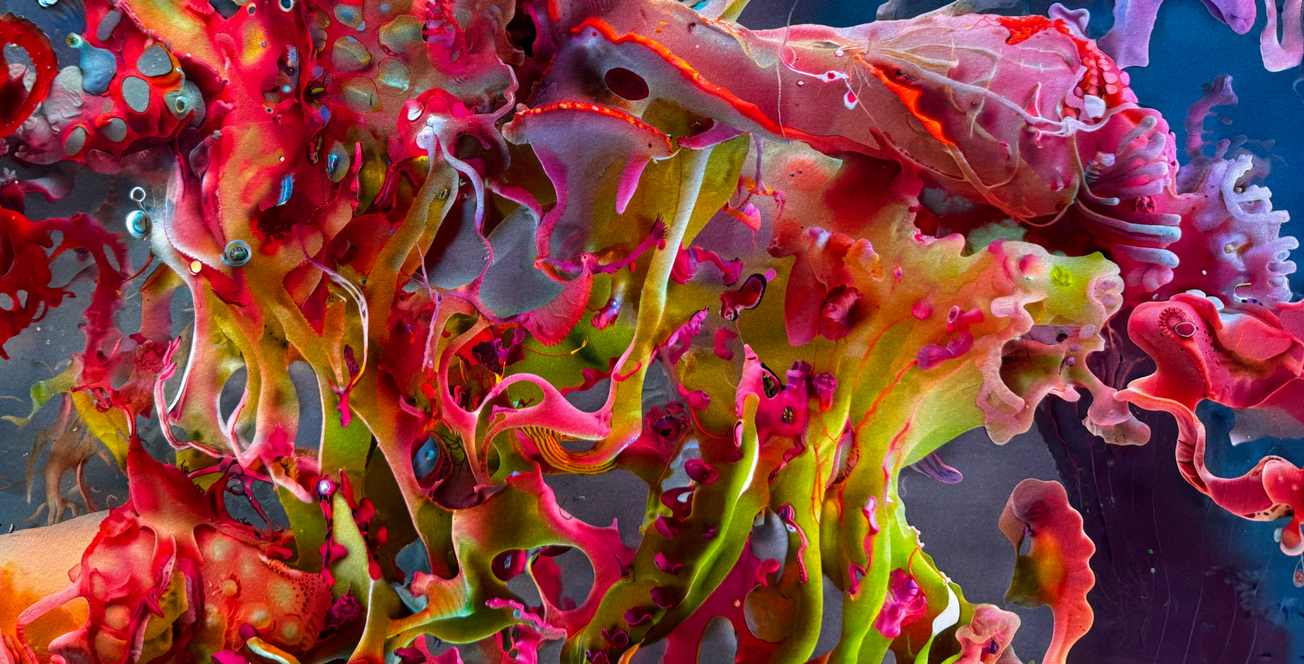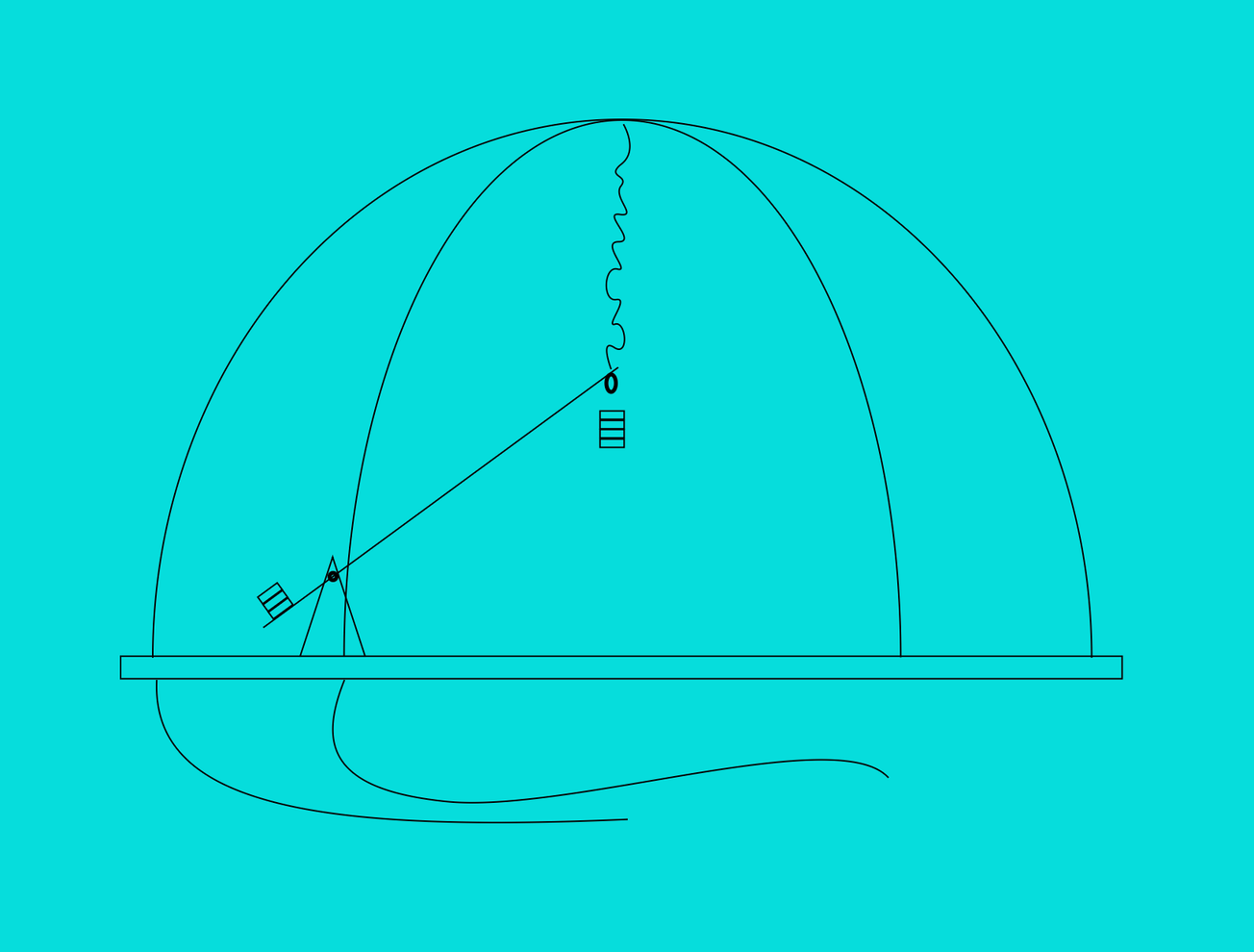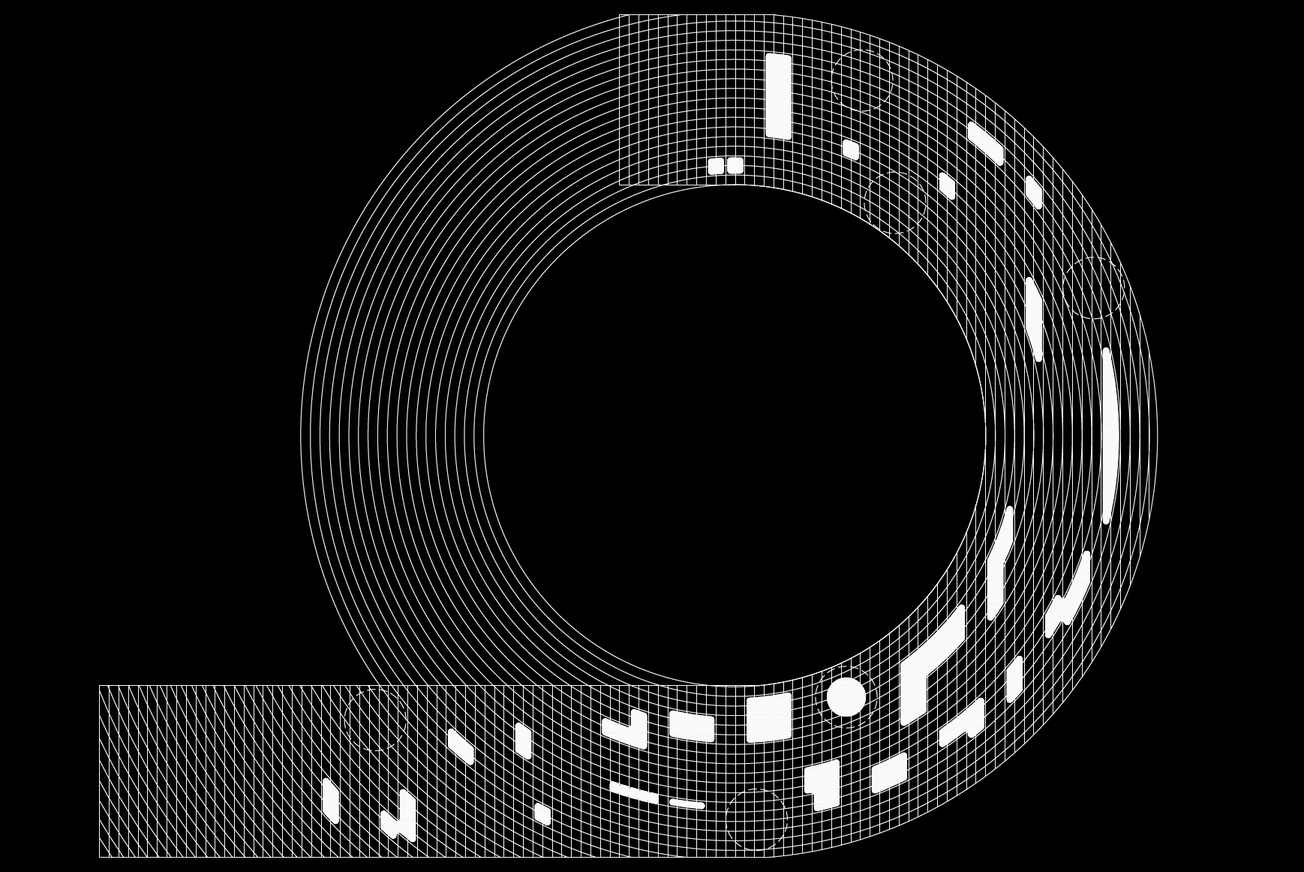Speculative media has often been dismissed as a niche practice—an indulgence for artists, designers, and academics interested in “what if” scenarios. But as technological systems accelerate and global challenges intensify, speculative media has become less about play and more about survival. It offers a way to rehearse futures before they arrive, interrogate the systems shaping our lives, and open cultural conversations that policy, business, and engineering often sidestep.
Speculation as Critical Practice
Speculative media is often mistaken for futurism or prediction. But its strength lies not in forecasting what will happen, but in making visible the structures and assumptions that determine what could happen. Traditional media reflects the present or documents the past. Speculative media thrives on uncertainty, using it to prototype social, technological, and ecological futures—not to tell us where we’re heading, but to expose the stakes of different paths.
This matters because predictive systems—from financial models to machine learning algorithms—now dominate decision-making. They thrive on probabilities and patterns. Speculative media, by contrast, thrives on discontinuity. It imagines ruptures and alternatives outside the dataset, resisting the deterministic logic that underpins so much of technological culture.
Speculation is also never neutral. Every imagined future encodes assumptions about agency, progress, and whose voices matter. When UNESCO published I’d Blush if I Could in 2019—a report critiquing the gendered design of AI assistants—it used a speculative scenario to expose cultural bias hidden in everyday systems. That moment signaled something important: speculative methods are not confined to galleries but can shape global debates on ethics and policy.
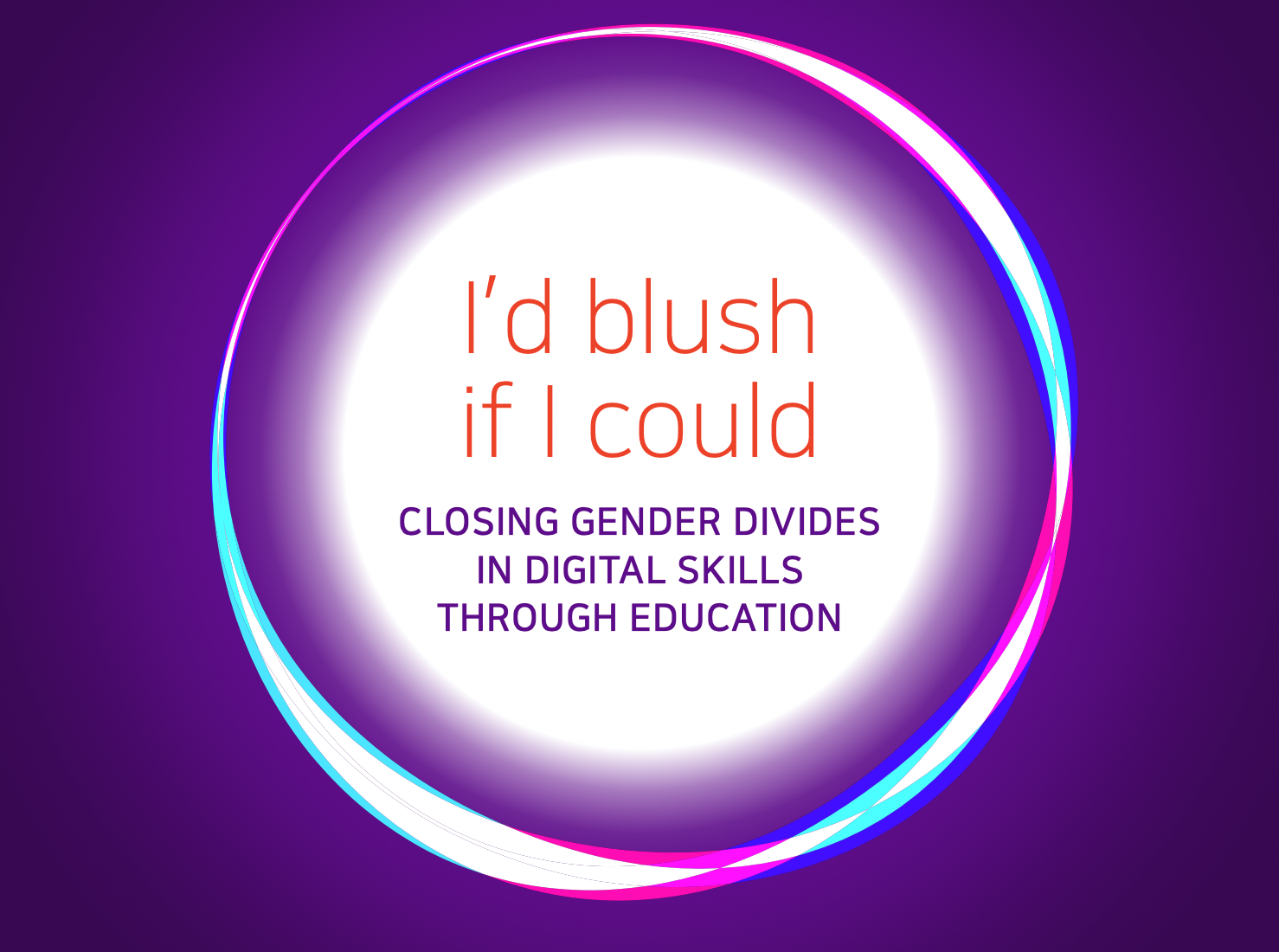
Making Futures Tangible
Abstract debates about AI ethics, climate collapse, or platform governance rarely resonate at a human scale. Speculative media makes these debates tangible. A fictional news broadcast set in 2035 can spark more reflection than a policy report. A speculative documentary about synthetic memory might reveal more about surveillance than a white paper on data privacy.
This tangibility matters because it engages audiences as participants rather than observers. Projects like Sofia Crespo’s AI-generated “synthetic ecologies” invite viewers to inhabit alternative worlds where biodiversity is algorithmically reimagined. Her projects with Entangled Others Studio (which she co-founded with Feileacan McCormick) use generative neural networks to produce speculative organisms, textures, and biodiversity that do not exist in nature but feel biologically plausible. These works don’t predict environmental futures—they destabilize our assumptions about what counts as “natural” and foreground the entanglement of technology with ecology. By giving form to questions rather than answers, speculative media operates as a cultural lab—testing the narratives that frame technological and ecological change.
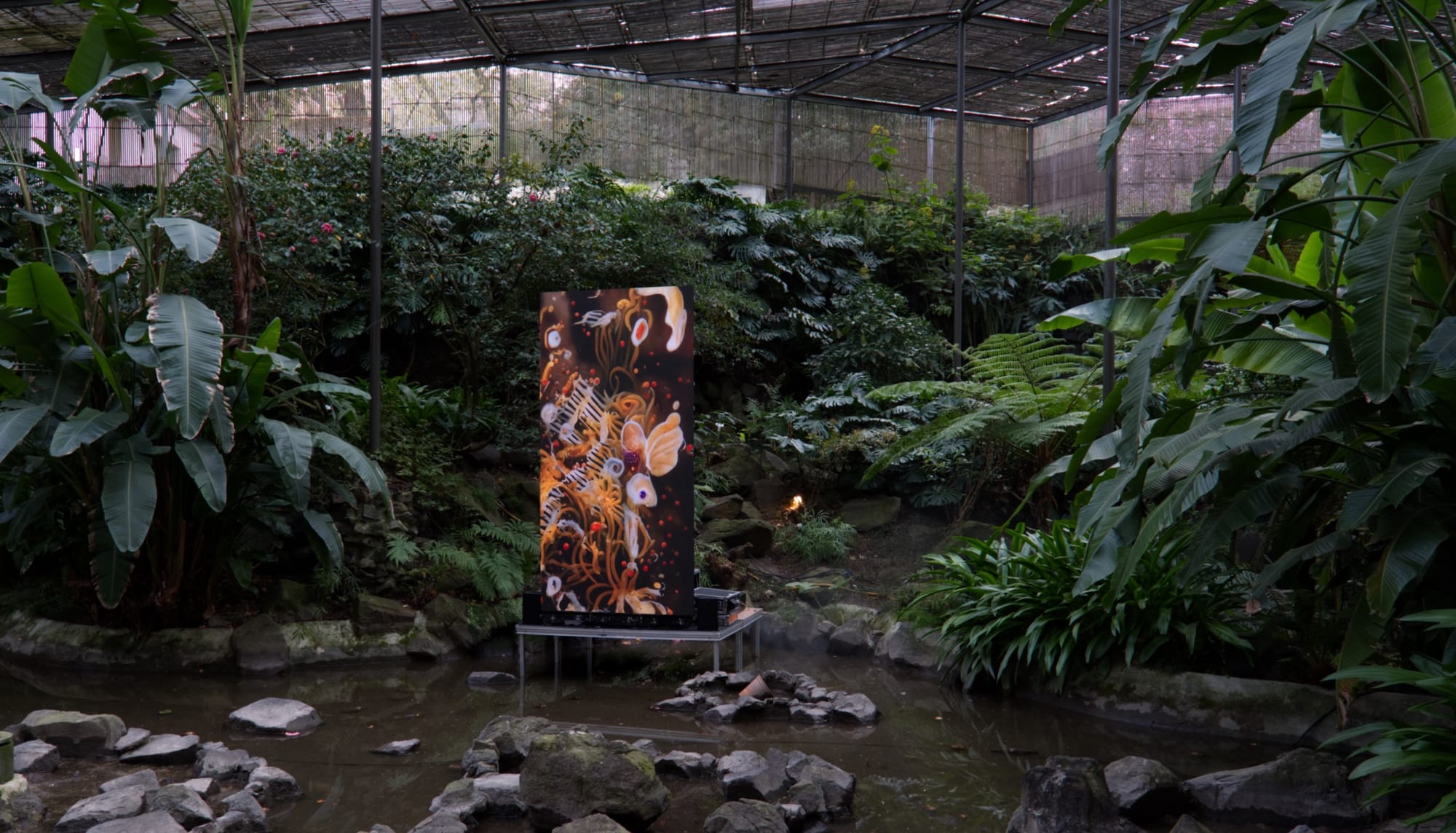
Cultural Prototyping and Collective Agency
One of the most practical benefits of speculative media is cultural prototyping. Just as product designers build prototypes to test usability, speculative media builds prototypes of social and cultural futures to test viability. These can take the form of immersive installations, interactive films, or even social media interventions. Their purpose is not to predict what’s coming, but to pressure-test ideas in public before they harden into policy or infrastructure.
This prototyping increasingly carries real influence. Civic Futures, a program launched by London City Hall with University College London, brings artists and speculative practitioners into conversation with policymakers. By treating governance itself as a site for speculation, the initiative demonstrates how cultural prototypes can help cities imagine alternatives to business-as-usual—an application far removed from the art world but crucial to public life. Equally important, speculative media rethinks authorship. Many works are collaborative, open-ended, and responsive, functioning more like systems than finished products. By engaging audiences as co-authors, speculative media trains us to think systemically. It cultivates literacy in complexity, reminding us that futures are not designed by individuals alone but by the interplay of cultural, economic, and technological forces.

Why We Need It Now
The urgency is clear. Technological systems are advancing faster than regulation. Climate change is accelerating faster than global governance can respond. Platform economies are reshaping labor, culture, and politics in ways that outpace public understanding. Speculative media will not solve these problems, but it changes how we confront them. It surfaces hidden assumptions, tests alternative logics, and rehearses possible futures before they arrive. It does not promise certainty, but it cultivates readiness.It is no longer peripheral. It is a vital mode of inquiry, one that resists inevitability and insists that imagination is political. Futures are not already decided. They are designed, debated, and shaped. Speculative media may not tell us what the future will be. But it helps us decide what kinds of futures are worth fighting for.

